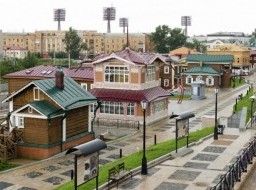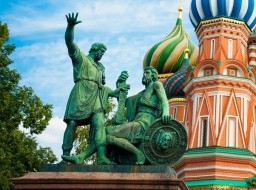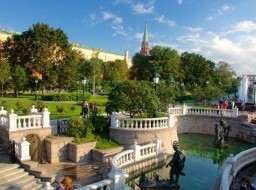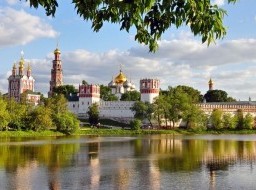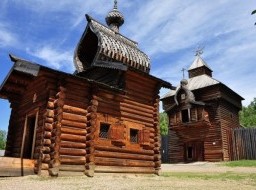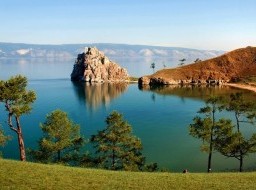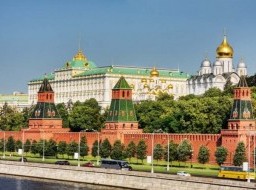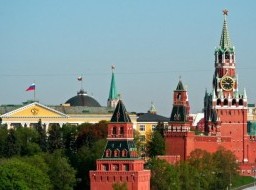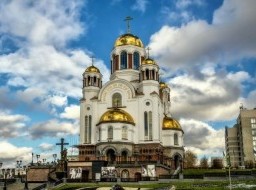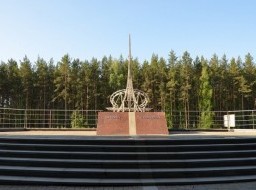Terelj National Park
Terelj National Park is the most popular destination and the third biggest protected area in Mongolia . Visitors can take leisurely strolls on meadows carpeted with edelweiss and a dazzling variety of other wild flowers, view fascinating rock formations against a backdrop of pine covered mountains and wander along the wooded banks of a mountain stream. The park is located 80 km away from Ulaanbaatar and is one of the most beautiful places in Mongolia . There are also a huge number of adventure activities such as rafting, riding, hiking, skiing, camping and mountain biking. Turtle RockGorkhi-Terelj National Park is one of the national parks of Mongolia. The Terelj tourist zone has a number of "tourist camps" (Mongolian: жуулчны бааз, juulchny baaz). It is connected with Ulaanbaatar by a paved road (main road to the East #A0501 Baganuur-Öndörkhaan direction, 37 km from Ulaanbaatar city center, left turn to the branch #A24, 5 km later road crosses Tuul River and the National park territory begins). The road comes to the Gorkhiin Davaa (Mongolian: Горхийн даваа) pass. Most of the tourist camps and tourist attractions are before this pass. The road then ends at the settlement of Terelj, which features small shops and restaurants. The Terelj settlement is located in the valley of the Terelj River (Terelj Gol), approximately 66 km from the Ulaanbaatar city center. The national park tourist zone is formally in Nalaikh düüreg (district) part of Ulaanbaatar municipality, the rest of the protected zone beginning to the north of the Terelj River, is located in Mongolia's Töv Province (Töv aimag). A small southern portion of the park is developed for tourists, with restaurants, souvenir shops, horses and camels for rent, and tourist ger camps, many of them run by the Juulchin corporation, the former state tourism company. However, most of the park is undeveloped and difficult to access. Attractions include Khagiin Khar Lake, a 20m deep glacial lake 80 km upstream from the tourist camps, and Yestii Hot Water Springs, natural hot springs 18 km further upstream. The park also has a Buddhist monastery that is open to visitors. Park wildlife includes brown bears and over 250 species of birds. The Tuul River flows through the park. The park has many rock formations for rock climbers, and includes two famous formations named for things they resemble: Turtle Rock (Mongolian: Melkhii Khad) and the Old Man Reading a Book (Praying Lama Rock). |

